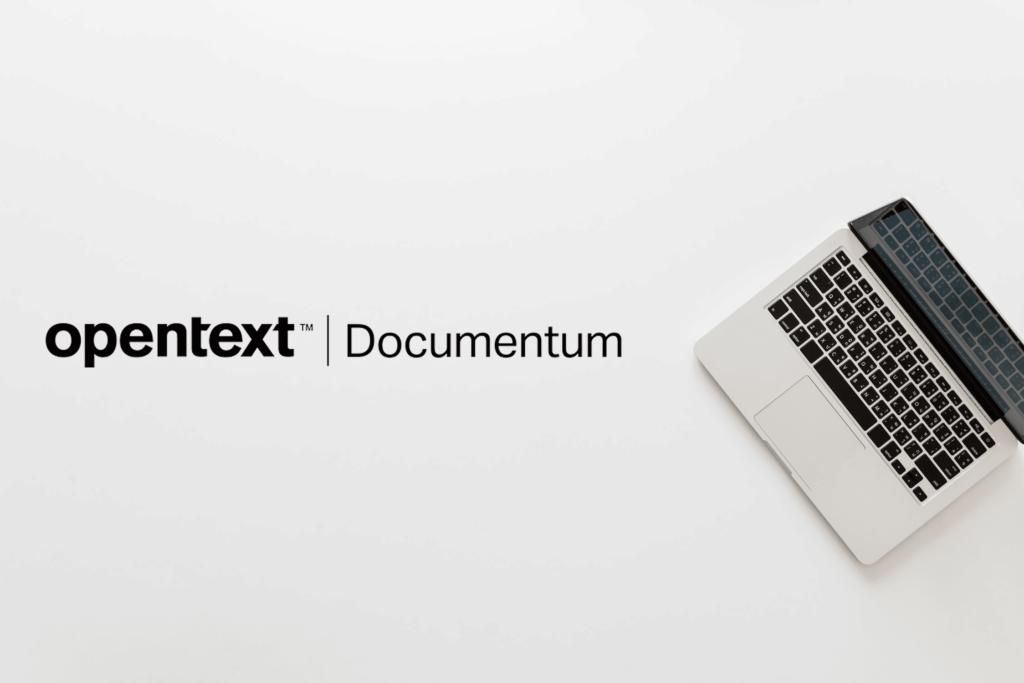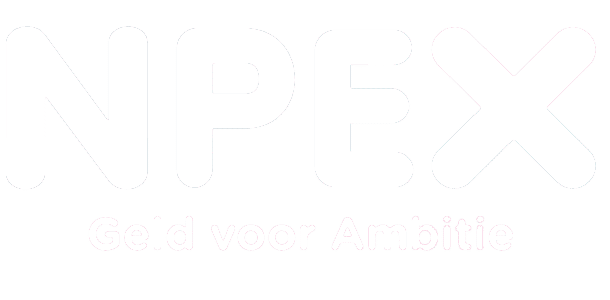EMC, by means of its Information Intelligence Group (IIG), has provided new solutions for Life Science. The solutions are based upon their Documentum D2 flagship.
Currently 2 solutions are out on the market: eTMF for managing Trial Master File and LSQM for managing Quality and Manufacturing.
Both eTMF and LSQM rely on their Life Science Core Document Framework (CDF), a data model for managing information in the Life Science domains.
This CDF is a core part of both solutions, like a data model is in any solution.
And like any other solution, success in using the solutions relies heavily on the fit of the data model.
To guarantee success, EMC has adopted the DIA EDM Reference Model to manage life science documentation in the Regulatory, Quality, Non-Clinical, and Clinical domains.
If you’re not working in the Life Science industry you might wonder: who is DIA and what is their EDM Reference Model?
DIA is the Drug Information Association. Since its founding in 1964, DIA has evolved from a group of 30 professionals employed in academia and the pharmaceutical industry into a global, multidisciplinary association of nearly 18,000 members in more than 80 countries. DIA has become the global forum for knowledge exchange that – as they say it – fosters innovation to raise the level of health and well-being worldwide. More about DIA can be found on their website.
Crucial to the EMC Life Science solutions is, that DIA is a neutral, global, non-profit association full of Life Science knowledge.
The DIA EDM Reference Model is a document management initiative aimed at developing a taxonomy/metadata reference model that can ultimately be shared by biopharmaceutical organizations as a common starting point for building sustainable, shareable EDM repositories. Today it provides the Reference Model itself and the Guide to EDM Reference Model that comes with it. More about the DIA EDM Reference Model can be found in the DIA EDM Corner.
Crucial to the EMC Life Science solutions is, that the collective brains of DIA has defined the business requirements towards the data model.
With a global shared understanding of what data needs to be managed in a document repository, transforming the DIA EDM Reference Model into a Documentum Object Model, is no longer rocket science. The EMC Life Science CDF implements this EDM Reference Model and adds some common Information Intelligence. One example is the understanding that a life science company will also work with information that falls outside of the EDM Reference Model, but is needed at the fingertips of their users while working with e.g. the LSQM solution. Another example is that the CDF is designed with extensibility in mind. We all know data models will change over time. You better prepare today then fix tomorrow.
Over the past months (yes, there was a reason for not reading another blog by me…) I had the pleasure of working with EMC and help them out in implementing LSQM.
As a business analyst I stretched myself to bridge the business requirements of a custom solution towards the (almost) out-of-the-box implementation of LSQM.
It was during this project that I learned that EMC has another ace into success with Life Science solutions that leverage the DIA collective knowledge.
It was during the mapping of the existing artifacts that I discovered that there was something missing: the Investigator’s Brochure (IB).
To support the users in creating the right documents in the right formats in the right context, LSQM provides creation wizards.
Creating an IB seemed not possible and so I did some research.
The result was that it was indeed missing from the CDF. More importantly, it was also missing from the DIA EDM Reference Model!
So technically, it was not even missing from LSQM.
The Guide to EDM Reference Model states in the Clinical domain: “The Clinical domain excludes documents with clinical content in the regulatory administrative domain, such as the Investigator’s Brochure, General Investigational Plan, Investigator sign Form FDA 1572.”
So, I should update the configuration of LSQM in the Regulatory domain to add the IB?
No, because in the Regulatory domain it states: “This domain does not include Investigational Brochures, study documents, summary documents, labelling documents, and product update reports”
So here you are at a T-junction and the manual says you don’t go left nor do you go right…
Although our business knowledge would tend towards Clinical, the DIA Guide makes a strong statement that it should be Regulatory.
Putting it in either one could lead to inconsistency later if the reference model is updated. So, a better path had to be chosen.
And so, I reached out to DIA through EMC. Literally 3 days later these confirmations came back:
- The DIA EDM Steering Committee has acknowledged that Investigator’s Brochure is indeed missing.
- Investigator’s Brochure will be part of the Clinical documentation as of version 1.3 of the DIA EDM Reference Model.
- EMC will update their content templates and configuration in the next release
It was a perfect example to illustrate the importance of EMC having a close relationship with DIA and a liaison between them and the product team behind LSQM.
On the project we could already anticipate on these future fixes by updating the configuration ourselves.
And so we moved on with a happy customer and another checkmark behind the goal of Informed Consulting to provide added value to our customers and the partners we work with.
Ed Steenhoek
ECM Solution Principal


















